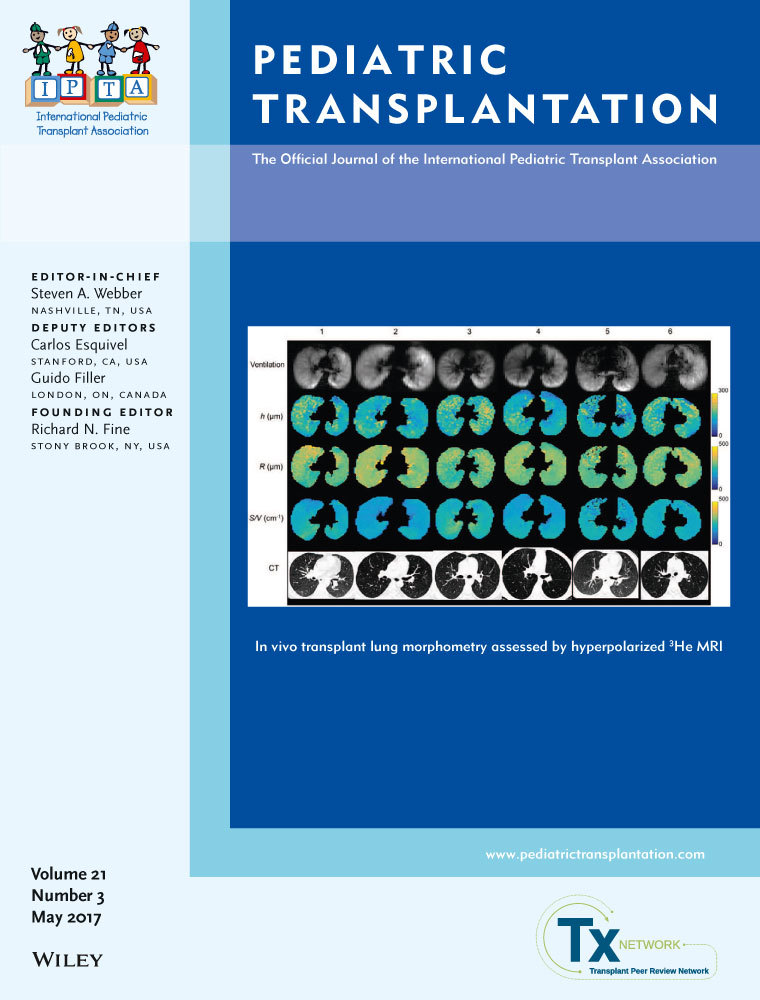Liver transplantation from a deceased donor with β-thalassemia intermedia is not contraindicated: A case report
Abstract
The use of extended criteria donors who might have previously been deemed unsuitable is an option to increase the organ supply for transplantation. This report presents a pediatric case of a successful liver transplantation from a donor with β-thalassemia intermedia. A patient, 6-year-old female, with a diagnosis of cryptogenic liver cirrhosis underwent deceased donor liver transplantation from a thalassemic donor. Extreme hyperferritinemia was detected shortly after transplantation. The most probable cause of hyperferritinemia was iron overload secondary to transplantation of a hemosiderotic liver. Hepatocellular injury due to acute graft rejection might have contributed to elevated ferritin levels by causing release of stored iron from the hemosiderotic liver graft. Iron chelation and phlebotomy therapies were started simultaneously in the early postoperative period to avoid iron-related organ toxicity and transplant failure. Follow-up with monthly phlebotomies after discharge yielded a favorable outcome with normal transplant functions. Thalassemia intermedia patients can be candidates of liver donors to decrease pretransplant waitlist mortality. After transplantation of a hemosiderotic liver, it is important to monitor the recipient in terms of iron overload and toxicity. Early attempts to lower iron burden including chelation therapy and/or phlebotomy should be considered to avoid organ toxicity and transplant failure.




